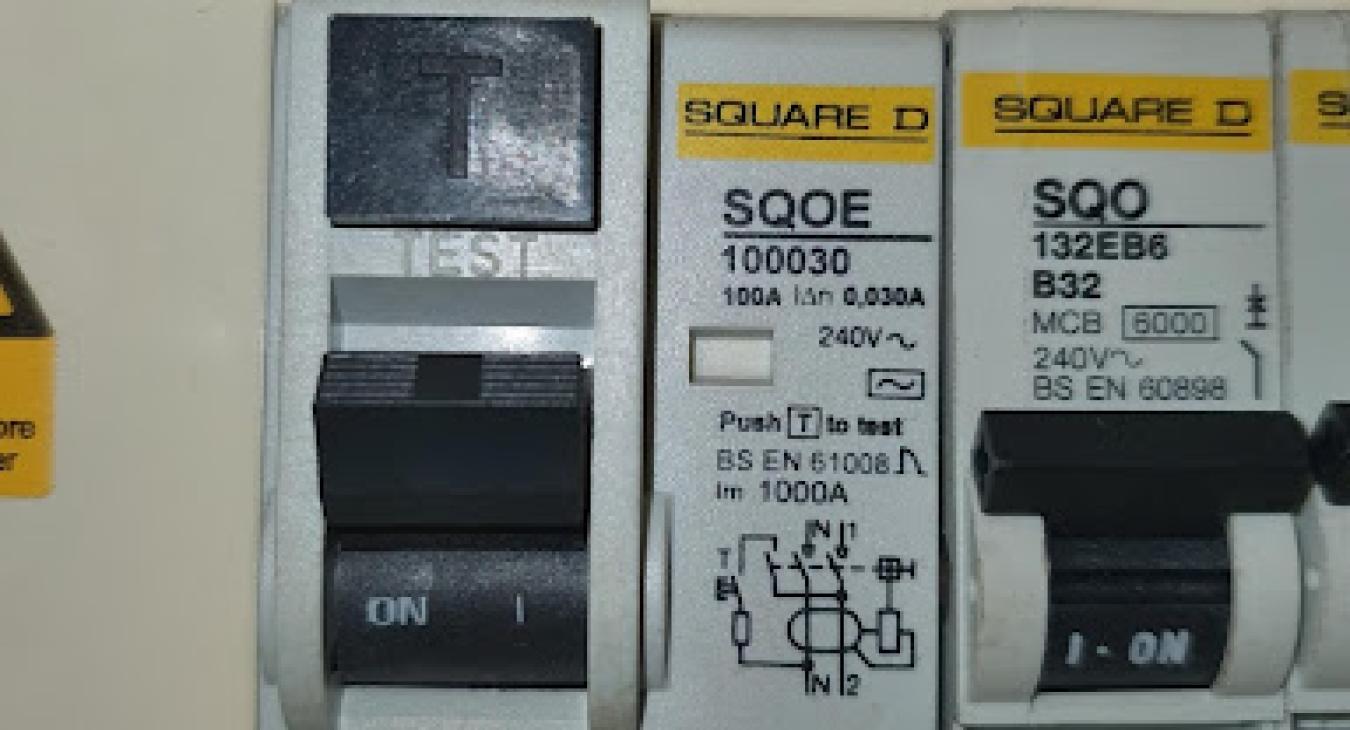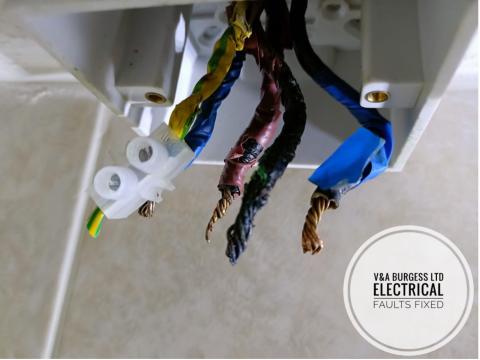
Table of Contents
- A trip switch is a device in the consumer unit that disconnects the electricity supply to one or more electrical circuits when there is an electrical fault.
- What types of trip switch are there?
- MCB⚡
- RCD⚡
- Do trip switches go faulty?
- Can trip switches be easily replaced?
- How much does a trip switch typically cost to replace?
1) A trip switch is a device in the consumer unit that disconnects the electricity supply to one or more electrical circuits when there is an electrical fault.
A trip switch has many different names and there are also several different types. Their main purpose is to save the electrical installation from damage and the occupants from fire and electric shock or electrocution.
Back to top2) What types of trip switch are there?
There essentially two different types of trip switch:
- Miniature Circuit Breaker (Or circuit Breaker), MCB
- Residual Current Device – (RCD) Many names for these including RCB, RCCB, RCBO
3) MCB⚡
The Miniature circuit breaker is designed to provide power to one electrical circuit. It monitors the amount of electrical current that is flowing through the circuit and if the preset level of electrical currents should be exceeded, the MCB will trip causing the circuit to disconnect.
The Miniature circuit breaker operates in two ways. Gradual and prolonged overload such as in the case of too many appliances being used, too much electrical current flowing in the circuit due to the demands of the electrical installation which will eventually cause the device to disconnect.
The other way in which this works is to disconnect the circuit when there is a sudden and very large current such as when there is an electrical short circuit fault. This can happen when a live cable touches an earthed part for example a nail through a wire or a live cable falling out the back of a socket and touching the earth somewhere.
Back to top4) RCD⚡
The residual current device is designed to trip when it senses tiny amounts of electrical current missing from the electrical circuits which it protects. This device typically will protect on or more different electrical circuits in the consumer unit and constantly monitors the overall electrical current flowing through the circuits. When it detects that there is some current missing it will trip and cut the power to the circuit(s) which it was monitoring. The device is there to save lives.
These devices are set to a very low electrical current threshold and designed to trip before somebody would suffer a serious shock. They can trip very quickly within a matter of milliseconds and are a vital addition to any electrical installation.
These devices can also trip for a variety of other reasons which can cause problems for our customers and can often mean we need to come and investigate the reason for the tripping.
Back to top5) Do trip switches go faulty?
Occasionally these switches will go faulty but if your switch is tripping it is far more likely that there is an issue with the electrical wiring, appliances, or electrical accessories rather than the switch itself. The most likely reason for a trip switch going faulty is constant tripping and resetting of the device. If a trip switch is regularly tripping then the CAUSE should be investigated rather than resetting the device time after time.
Back to top6) Can trip switches be easily replaced?
These switches can be replaced by an electrician assuming that parts are available. Older consumer units may no longer have parts available easily and any replacement parts may need to be ordered or sourced from specialists. More modern consumer units are more likely to have parts that are available and easier to source. Replacing a faulty trip switch generally takes no more than an hour once parts are available and the necessary electrical testing has been carried out to ensure the switch operates safely.
Back to top7) How much does a trip switch typically cost to replace?
The cost of parts will vary but generally a trip switch will cost between £100 and £150 to supply, install and test. You should consult your electrician for the exact cost involved in the replacement of your devices. In some cases, where several trip switches are broken or not functioning, it may be best to replace the consumer unit instead which has several benefits including bringing the electrical installation up to modern safety regulations.
☎️Question? Contact us today!
Back to top









